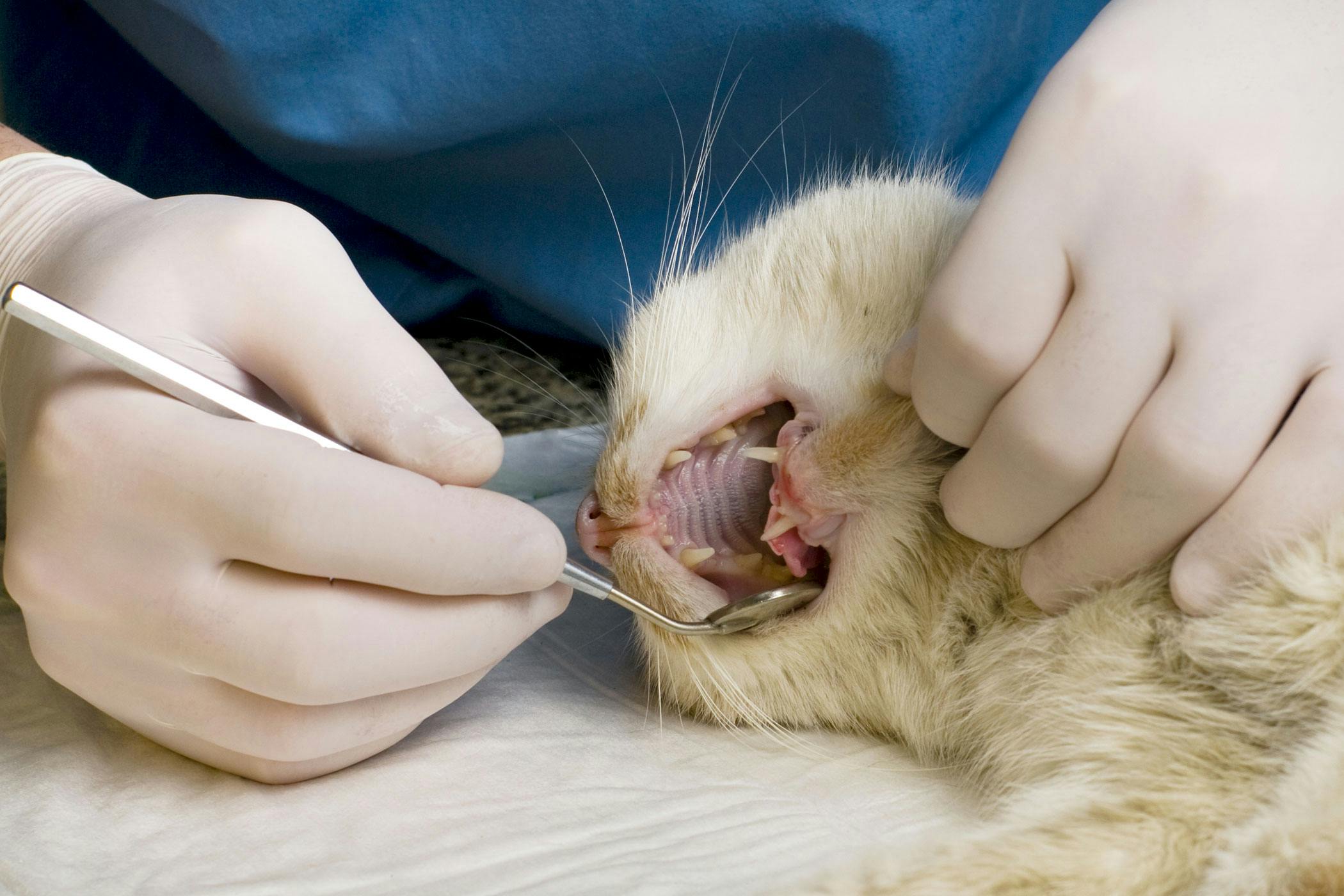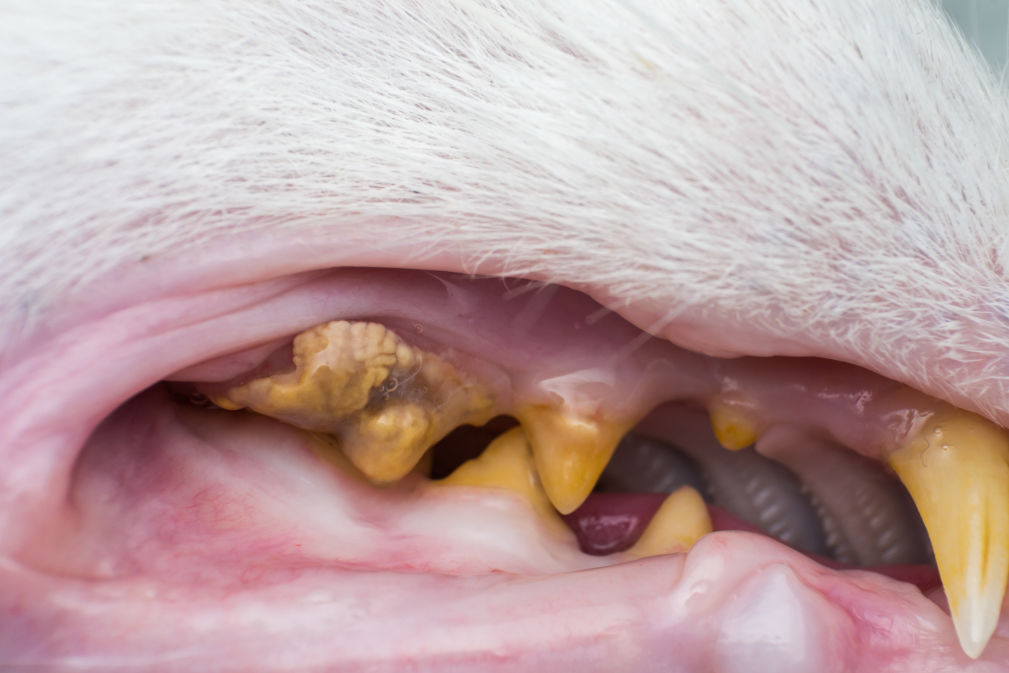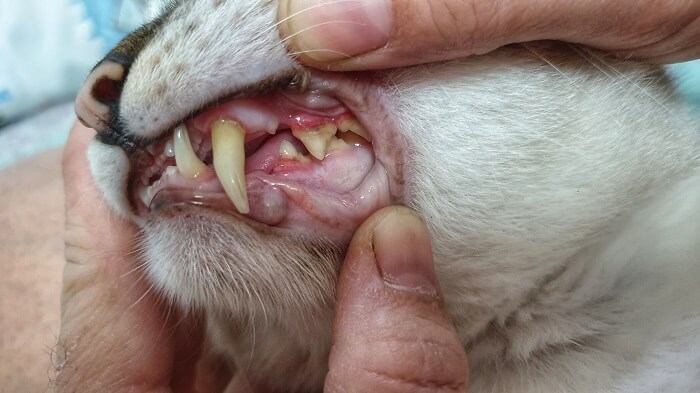What Constitutes Tooth Decay in Cats?
Feline Oral Resorptive Lesions, the cause of which remains partially understood, is believed to have associations with dental disease and likely has a genetic element.
Prevention through regular teeth cleaning, appropriate diet, and nutrition plays a crucial role in averting plaque accumulation, consequently reducing the likelihood of this painful oral condition in cats.
Tooth decay in cats can inflict considerable discomfort upon your feline companion. Specifically related to feline tooth resorption, tooth decay occurs when microscopic organisms adhere to the teeth, progressively eroding the enamel and leading to the gradual disintegration of your cat’s teeth. These microorganisms, identified as odontoclasts, tend to affix themselves to crevices and fissures in the teeth.

Indications of Tooth Decay in Cats
While evident signs of tooth decay in cats are often observable through an examination of their teeth and oral cavity, these symptoms may not always be apparent to a pet owner. However, certain additional indicators warrant attention:
- Unpleasant breath
- Reduced inclination for grooming, often reflected in a decline in coat quality
- Sensitivity towards hard foods, noticeable through remnants of uneaten hard cat food near the feeding bowl
- Presence of mouth or gum infections
- Weight loss
- Diminished appetite
- Excessive drooling
- Gingivitis
- Instances of bleeding from the mouth
Factors Contributing to Tooth Decay in Cats
Although the primary culprit behind tooth resorption is the adherence of odontoclasts to tooth surfaces, the factors facilitating their attachment are manifold. Some of these contributing factors may encompass:
- Tooth fractures or breakages
- Worn-out teeth
- Elevated plaque levels
- Inadequate maintenance of oral hygiene
- Specific mineral imbalances
Understanding the multifaceted aspects of tooth decay in cats underscores the importance of preventive care and vigilant observation, ensuring the optimal oral health of your feline companion.

Diagnosing Tooth Decay in Cats
Identification of tooth decay in your feline companion involves a comprehensive examination conducted by a veterinarian. This examination entails specific procedures to assess the condition of your cat’s teeth and gums. Here’s how the diagnosis process unfolds:
- Physical Examination: The veterinarian inspects the cat’s mouth, gently applying pressure on suspicious teeth and gums using their finger or a probing instrument. A detailed history of your cat’s eating, drinking habits, and prior medical records aids in understanding the progression of decay.
- Limitations of Initial Examination: While this basic examination confirms the presence of decay or identifies other dental issues, it doesn’t precisely determine the severity of tooth decay. To evaluate the extent of the condition, X-rays of the cat’s mouth are necessary, often requiring anesthesia.
- Thorough Oral Examination: Under anesthesia, the vet conducts a more detailed examination, using specialized dental tools to assess the depth of tooth damage and uncover any associated infections or abscesses.
Recommended:
- Petco Review: The Power of Together
- PetSmart Review: Where Pets Inspire Us
- Hill’s Pet Nutrition Review: Pioneering Pet Health and Nutrition
- Royal Canin Review: Tailored Nutrition for Every Pet
- Chewy Review: Pet Care at Your Doorstep
Treatment Approaches for Tooth Decay in Cats
The treatment plan for tooth decay hinges on its severity and underlying causes:
- Mild Tooth Decay: A thorough dental cleaning under anesthesia is recommended. Despite associated risks, anesthesia ensures comprehensive removal of harmful elements and facilitates deep gum treatment.
- Severe Tooth Decay: In cases of severe decay, oral surgery becomes necessary to extract the affected teeth. This step is crucial to prevent further bacterial infiltration, which could lead to oral or internal infections. Post-surgery, antibiotics may be prescribed to combat infection, along with potential pain relief for the cat’s comfort.

Recovery and Prognosis for Cats with Tooth Decay
- Recovery: Following treatment, diligent aftercare and preventive measures are essential. Regular cleanings help prevent recurring decay, and discussing specialized dental products or diets with the vet promotes continued oral health.
- Post-Surgery Prognosis: While Feline Oral Resorptive Lesions (FORLs) can’t always be prevented, surgical extraction of affected teeth alleviates pain. Cats can lead healthy lives despite missing several teeth, although dietary adjustments may be necessary.
Understanding the diagnostic process and tailored treatments for tooth decay in cats underscores the importance of preventive care and diligent monitoring for optimal feline oral health.
References
- Harvey CE, Emily PP. “Small Animal Dentistry: A Manual of Techniques.” Elsevier Health Sciences; 2010.
- Holmstrom SE, Bellows J, Juriga S. “AAHA Dental Care Guidelines for Dogs and Cats.” Journal of the American Animal Hospital Association. 2021; 57(2): 47-67.
- Lommer MJ. “Oral Pathology.” In: Verstraete FJ, Lommer MJ, eds. “Oral and Maxillofacial Surgery in Dogs and Cats.” Elsevier Health Sciences; 2012.
- Wiggs RB, Lobprise HB. “Veterinary Dentistry: Principles and Practice.” Lippincott Williams & Wilkins; 1997.
- Verstraete FJ, Kass PH, Terpak CH. “Diagnostic value of full-mouth radiography in cats.” American Journal of Veterinary Research. 1998; 59(6): 692-695.
- Gorrel C. “Veterinary Dentistry for the General Practitioner – E-Book.” Elsevier Health Sciences; 2013.
- Lund EM, Armstrong PJ, Kirk CA, Klausner JS. “Prevalence and risk factors for obesity in adult cats from private US veterinary practices.” International Journal of Applied Research in Veterinary Medicine. 2005; 3(2): 88-96.
- Bellows J. “Periodontal Disease in Dogs and Cats.” Journal of Veterinary Dentistry. 2011; 28(4): 247-255.
- DuPont GA, DeBowes LJ, Garner FM. “Etiology of Feline Tooth Resorption.” Veterinary Clinics of North America: Small Animal Practice. 1992; 22(6): 1385-1402.
- Harvey CE. “Feline oral resorptive lesions.” The Veterinary Clinics of North America: Small Animal Practice. 1992; 22(6): 1383-1384.
- American Veterinary Medical Association (AVMA)

